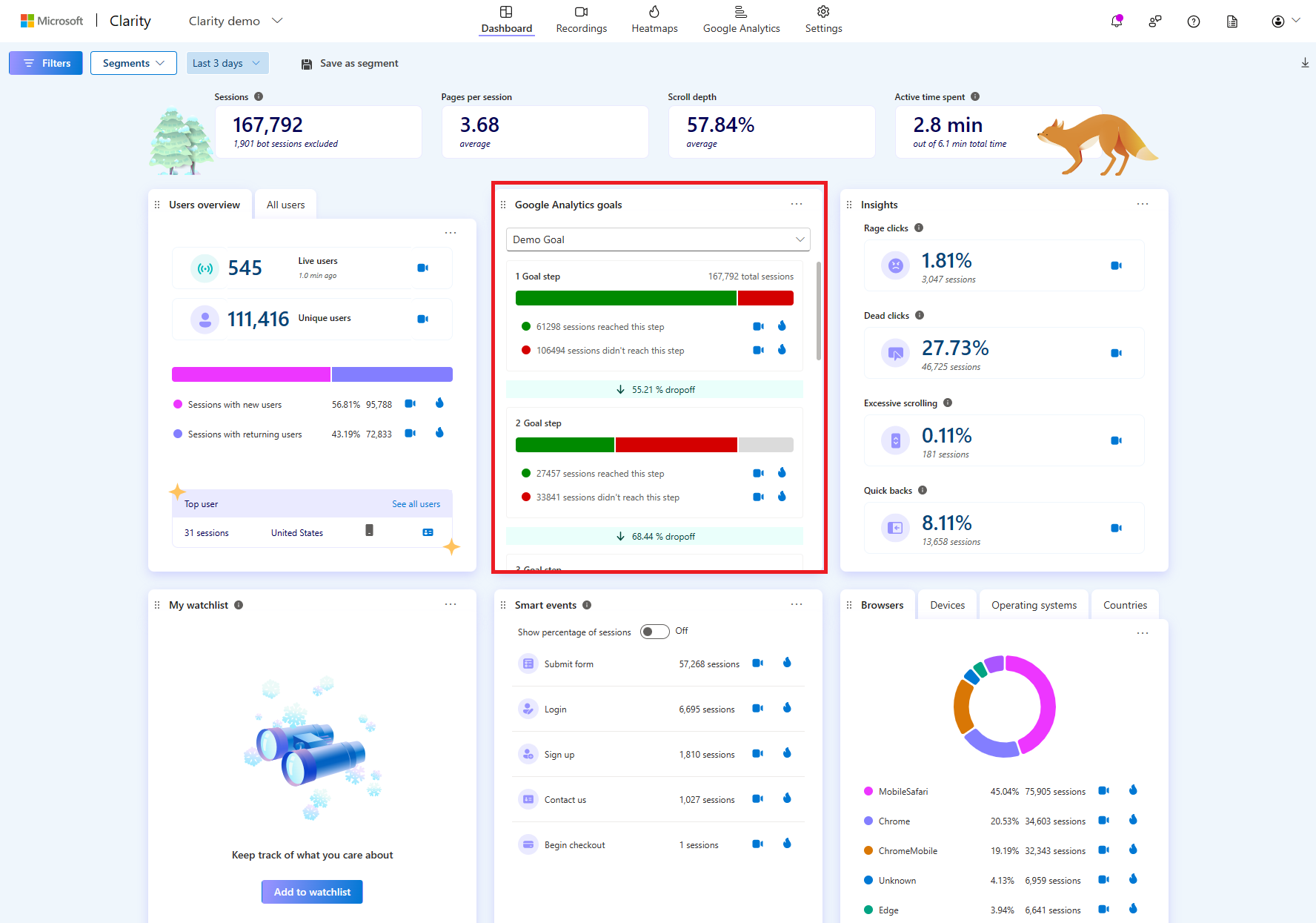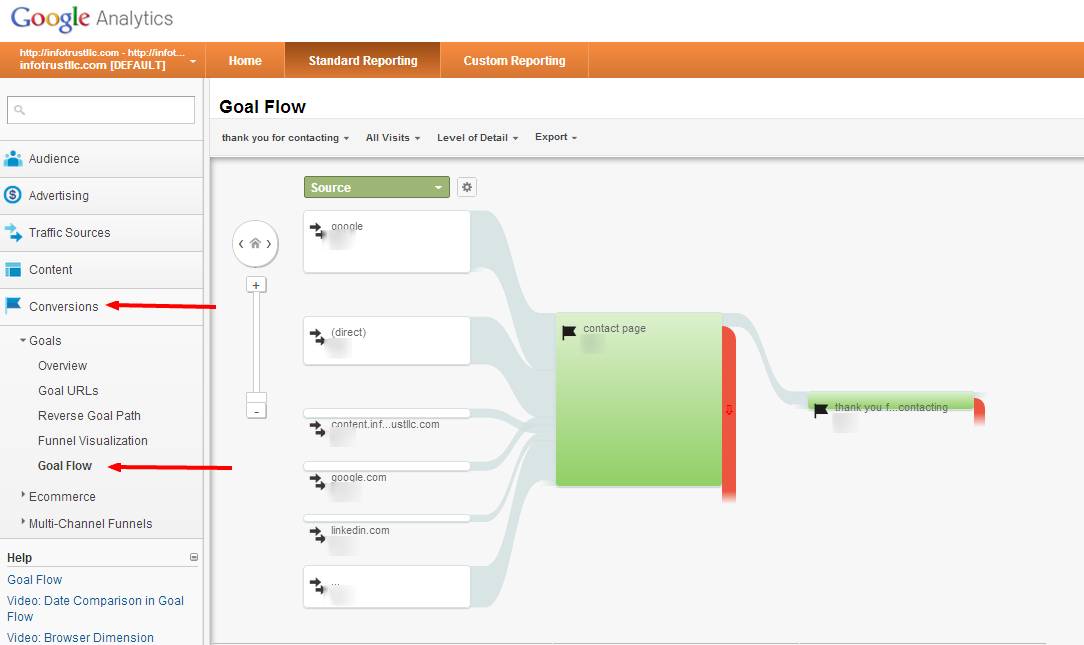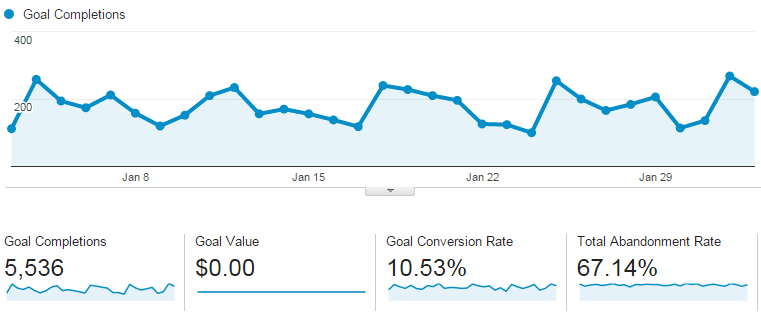What Data Is Google Analytics Goals Unable to Track and Why
What Data Is Google Analytics Goals Unable to Track and Why
Blog Article
Revealing the Blind Destinations: Recognizing What Google Analytics Goals Can not Gauge
In the world of electronic analytics, Google Analytics stands as a powerful device for tracking and evaluating online customer communications. Comprehending what Google Analytics goals can not gauge is critical for acquiring a thorough view of user actions and involvement.
Customer Behavior on External Operatings Systems
Understanding how individuals connect on outside systems is vital for enhancing on-line approaches. Outside platforms, such as social media sites networks, reference sites, and on-line forums, play a significant role in driving traffic to a firm's web site. By evaluating user behavior on these systems, businesses can obtain valuable insights right into the efficiency of their advertising efforts and the choices of their target market.
One trick aspect of user habits on exterior systems is the referral resource. By tracking where the users are originating from, services can recognize which platforms are driving the most traffic to their website. This information can aid business allocate their resources a lot more effectively, concentrating on the platforms that produce the finest outcomes.

Offline Conversions and Communications
Analyzing user behavior on outside platforms provides useful understandings into on the internet techniques; nonetheless, taking into consideration offline conversions and communications is similarly important for a comprehensive understanding of a firm's total efficiency. While Google Analytics stands out at tracking online communications, it falls short in recording the total consumer trip that often consists of offline touchpoints. Offline conversions, such as in-store purchases or phone questions, play a considerable function in many businesses' success. Neglecting these interactions can cause an altered view of the efficiency of marketing campaigns and overall company performance.

Attribution Beyond Last Click
When delving right into the realm of digital advertising and marketing analytics, it becomes crucial to look beyond the single touchpoint of the last click for a much more comprehensive understanding of acknowledgment. While Google Analytics supplies important understandings right into customer behavior, counting only on last-click acknowledgment can be restricting - what data is google analytics goals unable to track. Attribution versions that go beyond the last click provide an extra nuanced view of the client journey, taking right from this source into account all the touchpoints that bring about a conversion
Acknowledgment past the last click enables marketing experts to appoint credit history to various communications along the conversion course, offering a more clear photo of the effectiveness of different marketing networks. By exploring multi-touch acknowledgment versions such as straight, time degeneration, or position-based acknowledgment, organizations can better assign their advertising and marketing spending plans and maximize their methods for maximum impact.
Comprehending the influence of each touchpoint in the conversion procedure is vital for making notified choices and optimizing ROI. By embracing attribution past the last click, companies can obtain deeper insights right into consumer actions and customize their advertising efforts better.
Cross-Device and Cross-Browser Tracking

Likewise, cross-browser monitoring enhances cross-device monitoring by catching user actions as they switch over between different web internet browsers. Understanding exactly how customers interact with sites on various browsers can aid marketing experts maximize their on-line experiences to make sure consistency and performance throughout different platforms.
Qualitative Data and User Intent
Recognizing user intent through qualitative information analysis is vital for developing targeted digital advertising strategies that resonate with the needs and preferences of the target market. Qualitative data supplies understandings right into the 'why' behind individual activities, shedding light on inspirations, emotions, and preferences that measurable data alone can not capture. By assessing user comments, comments, and communications, online marketers can reveal valuable info concerning individual intent, enabling them to customize their messaging, content, and offerings to much better line up with what their target market is looking for.
Qualitative data additionally assists in comprehending the context in which customers involve with a site or application. This contextual understanding enables marketing professionals to create even more individualized and relevant experiences, click for source ultimately driving greater engagement and conversion prices. By diving right into individual intent with qualitative data evaluation, organizations can obtain a much deeper understanding of their target market, bring about extra reliable advertising and marketing techniques that fulfill users' demands and assumptions.
Final Thought
Finally, Google Analytics objectives have constraints in gauging user actions on outside systems, offline conversions, acknowledgment beyond last click, cross-browser and cross-device monitoring, and qualitative data connected to customer intent. what data is google analytics goals unable to track. It is very important for companies to be mindful of these blind areas in order to supplement their information analysis with various other devices and methods to obtain a much more thorough understanding of their audience and improve their total electronic advertising approaches
By assessing user actions on these systems, businesses can acquire important insights into the effectiveness of their advertising and marketing efforts and the preferences of their target audience.
Evaluating customer habits on outside platforms supplies beneficial insights into on-line strategies; however, taking into consideration offline conversions and communications is similarly necessary for a comprehensive understanding of a company's total efficiency.In electronic advertising anchor analytics, relocating beyond last-click acknowledgment to check out cross-device and cross-browser tracking is vital for obtaining a holistic understanding of customer communications across various systems and gadgets. By examining individual responses, remarks, and communications, marketers can discover valuable information concerning user intent, enabling them to tailor their messaging, material, and offerings to much better line up with what their target market is looking for.
By diving right into individual intent through qualitative data analysis, companies can obtain a deeper understanding of their target audience, leading to much more reliable marketing methods that satisfy users' requirements and expectations.
Report this page